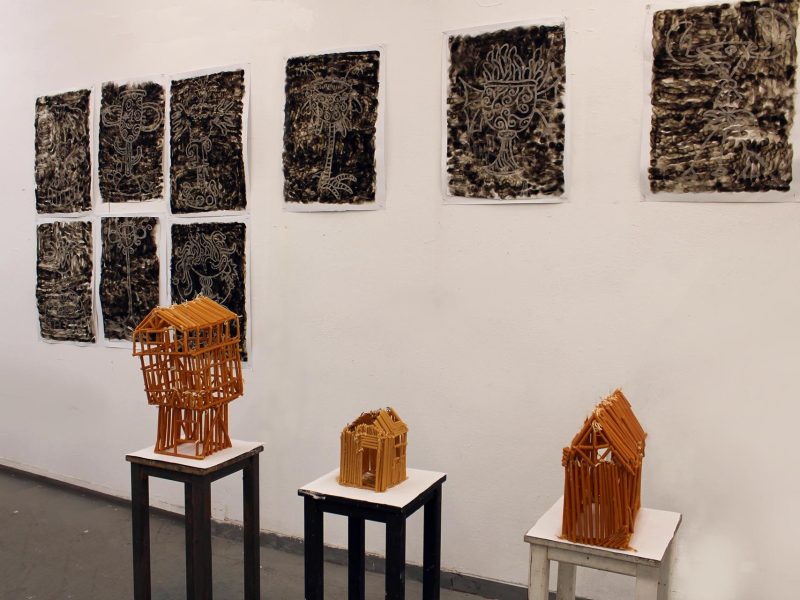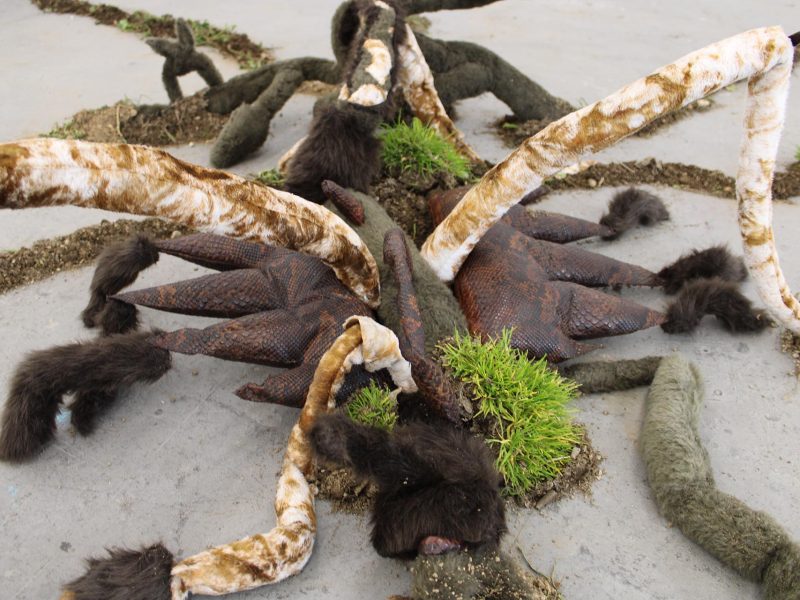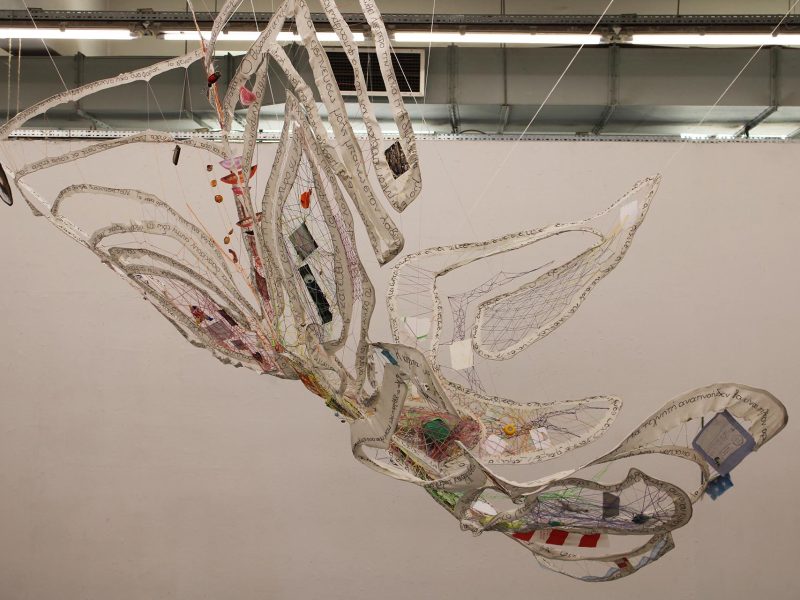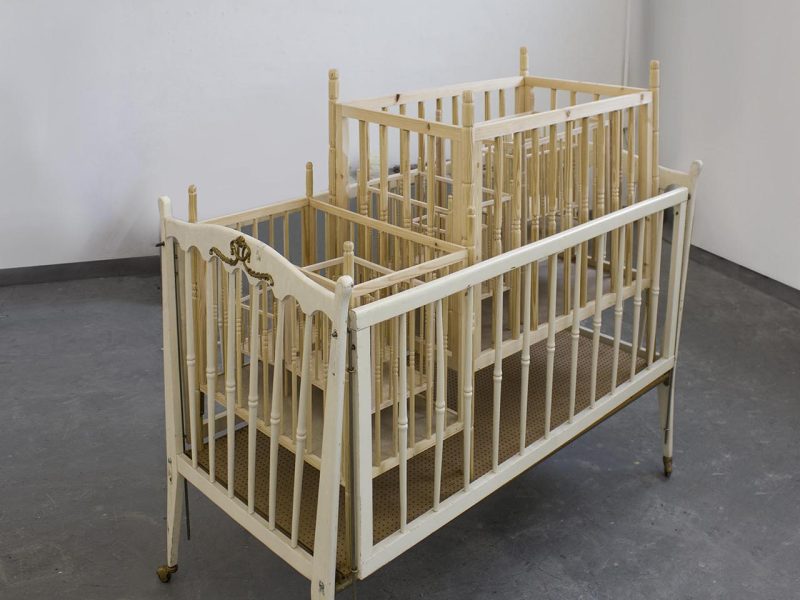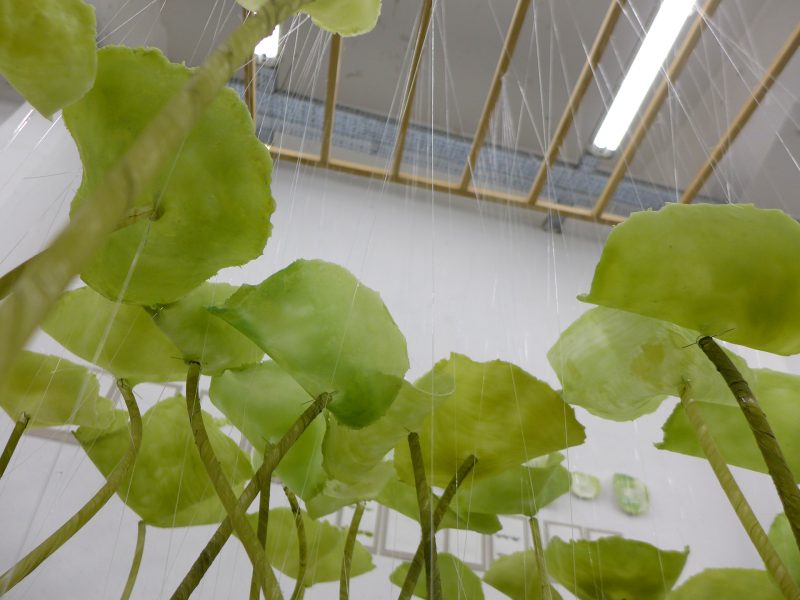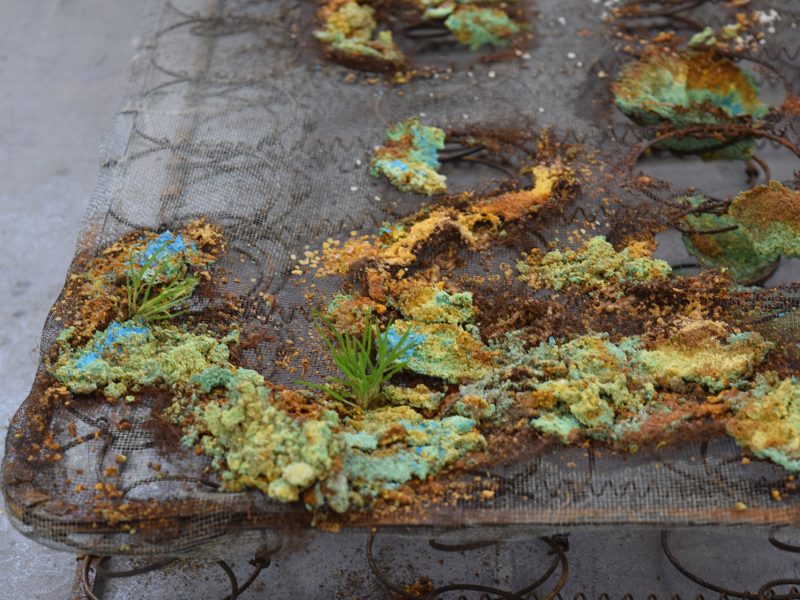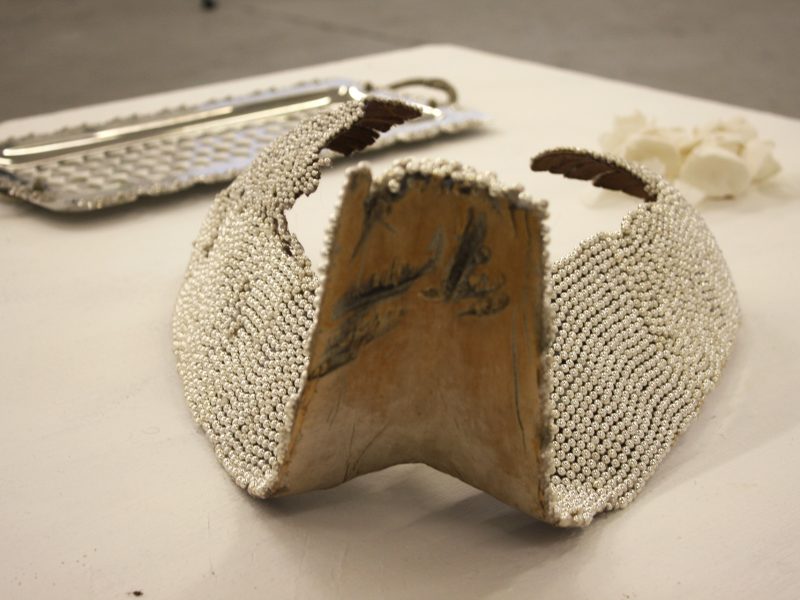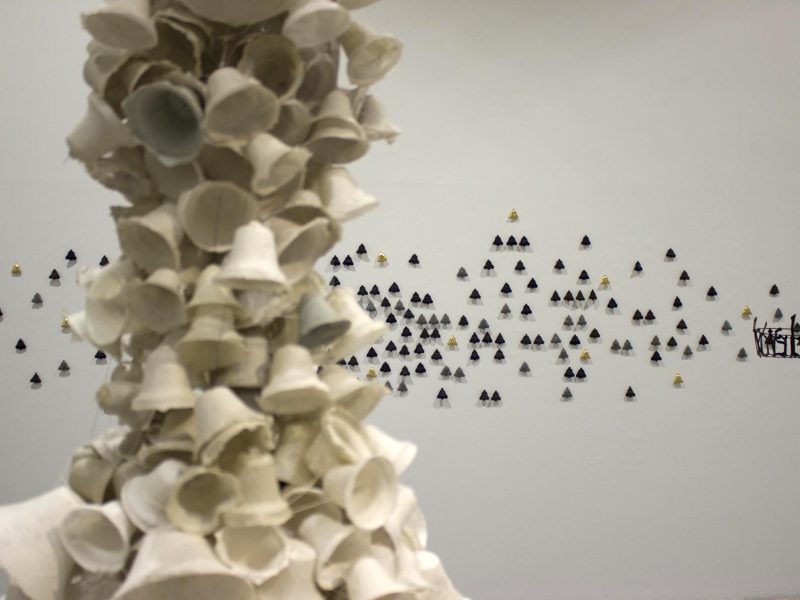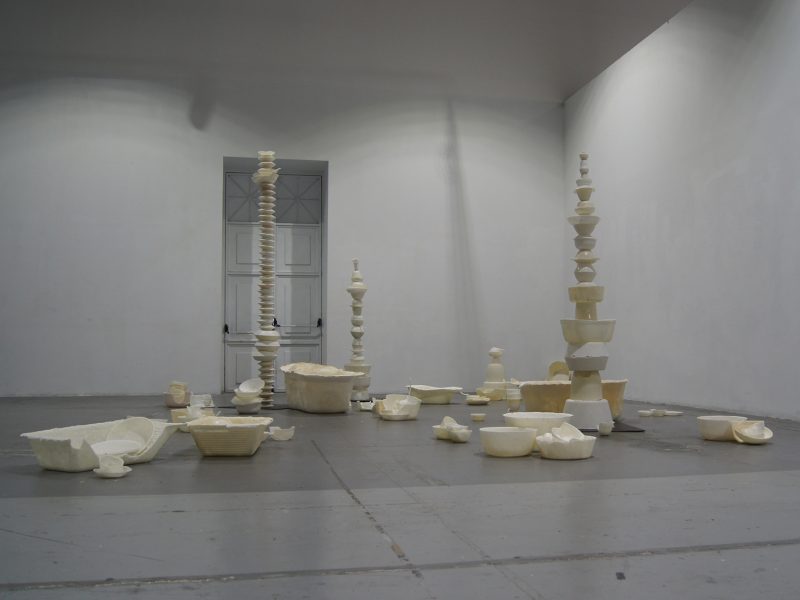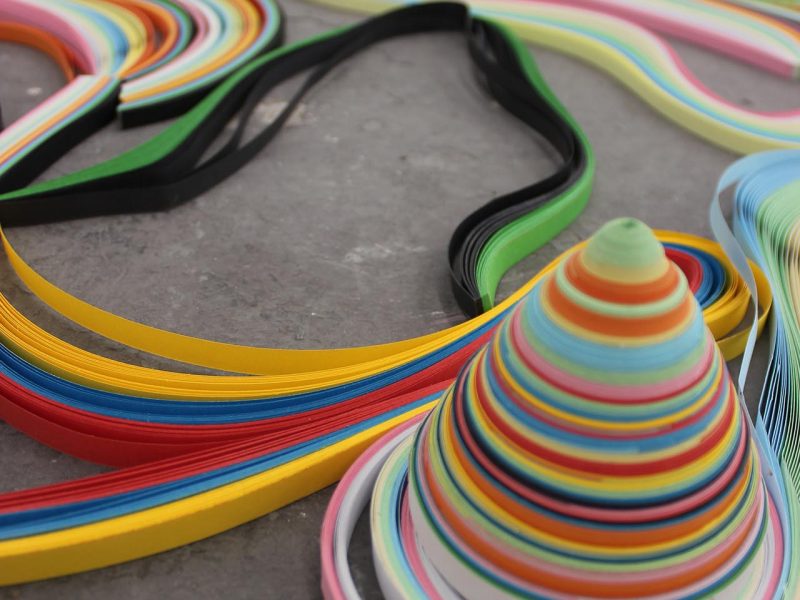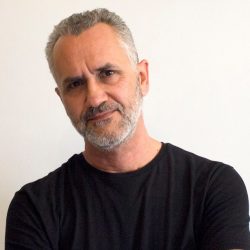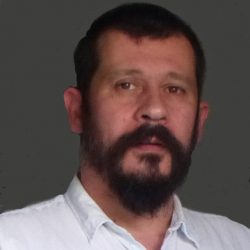10th (Ι’) PAINTING STUDIO / DIRECTOR: P. CHANDRIS
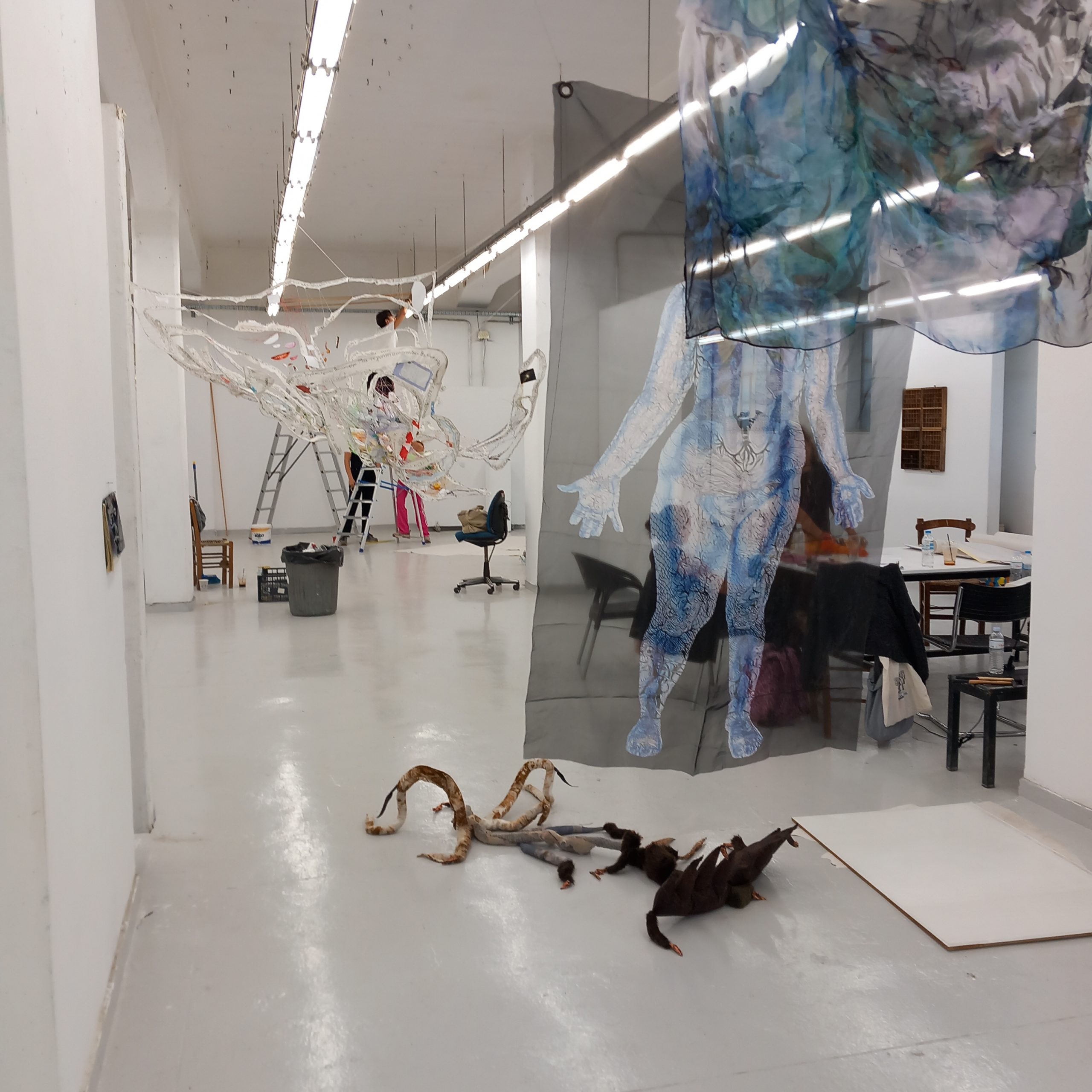
1st semester
The course aims to introduce students to the structured study of the pictorial surface, using compositions of objects and the human figure observed from life as a starting point.
Students practice drawing, color study, and compositional painting. They are encouraged to experiment with a variety of media and materials in order to develop a broader understanding of expressive techniques used in two-dimensional visual art.
Through research, students are introduced to artists who employ diverse expressive methods and drawing practices.
The course emphasises compositional structure, the study and organisation of the individual elements of an artwork, and the gradual development of each student’s artistic identity. At the same time, it focuses on cultivating drawing and painting experiences, building knowledge, and acquiring practical skills.
The outcomes of this study—along with the overall progress of the students during the semester, the teaching process, and the course’s structure—contribute to a unified visual experience and knowledge base. This leads to the development of drawing and painting abilities and initiates a coherent artistic practice.
The curriculum is supported by a series of presentations and lectures, as well as visits to exhibition spaces and museums.
2nd semester
The object compositions and human figure studies that students work on are treated as points of departure -stimuli to be reinterpreted and restructured.
The course encourages experimentation with various materials, media, and techniques, aiming to help students understand the conceptual and expressive multiplicity and the meanings embedded in different materials and media, as well as the spatial possibilities of the two-dimensional surface.
At the same time, students are invited to revisit traditional concepts, methods, techniques, and artistic values as strategic tools for formulating and processing artistic events.
Studio modules – (Projects)
Beyond the drawing and painting values students explore and acquire through direct observation and re-composition, they are also invited to engage with parallel thematic projects. These derive from a wide range of references, often inspired by materials they themselves collect, or by works studied from art history.
3rd semester
The course consists of drawing and plastic (three-dimensional) exercises that encourage the exploration of expressive methods aimed at familiarising students with the materials and techniques of visual language, while deepening their understanding of them. At the same time, students are introduced to 20th-century art forms and are encouraged to engage in a creative dialogue with the artistic concerns of our time, expanding their expressive vocabulary through exposure to contemporary artistic practices. The course aims to develop students’ compositional and combinatory skills, fostering forms of expression that go beyond mere representation. In addition to producing expressive results on the two-dimensional surface, students are encouraged to explore and propose plastic interpretations that involve three-dimensional forms.
Students broaden their knowledge and enhance their drawing skills, acquiring new technical abilities and developing their perceptual awareness.
They are introduced to the dynamics of three-dimensional space and its plastic applications. They experiment with various non-traditional, “extra-pictorial” materials and new media, becoming familiar with the meanings these carry. Students also engage with fundamental research methodologies through investigation, analysis, and synthesis of information, supporting their studio-based practice. The course also introduces contemporary expressive tools such as photography, video, and sound.
4th semester
The fourth semester is a continuation of the third. The aim of this course—whose thematic focus is updated annually, along with the semester’s broader curriculum—is to further develop students’ ability to analyse and explore concepts in depth. Through studio practice, students expand their visual and formal vocabulary, and continue to strengthen their compositional and expressive skills. At the same time, the course emphasises familiarisation with and deeper engagement in the techniques of visual language. It also encourages students to explore and cultivate their individual artistic traits, leading to the development of a personal expressive idiom.
Students acquire the following skills: They experiment with organsing two-dimensional and three-dimensional space through multiple plastic interpretations of their ideas.
They broaden their knowledge in the use of various artistic and non-artistic materials, as well as in new media and expressive techniques.
They engage in collective processes organised within their academic field, linking individual studio practice with the current artistic landscape.
They deepen and enhance their drawing and compositional abilities, gaining new technical skills.
They become familiar with non-traditional, “extra-pictorial” materials through hands-on practice, and with the meanings these materials can convey.
They develop both analytical and synthetic thinking skills, expand their perceptual capacities, and are introduced to inductive reasoning.
They engage with key methods of research through inquiry, analysis, and synthesis of information, aimed at supporting their studio work. They are introduced to contemporary means of expression such as photography, video, and sound. They participate in collective processes organised within the department, connecting their individual practice with the broader artistic context of the present day.
5th semester
In the fifth semester, students delve deeper into the issues introduced during the previous two semesters. They are asked to experimentally investigate a thematic assignment—updated annually—focused on an everyday object, using a variety of visual art media.
Through group discussions and shared presentations, the course seeks to uncover each student’s distinctive qualities and foster the development of a personal expressive language.
The course aims for students to acquire the following skills: To evaluate the necessity of research and integrate scholarly study as a means of supporting their artistic work.
To develop their analytical and synthetic thinking skills. To enhance their perceptual abilities and be introduced to inductive reasoning.
To work independently or collaboratively in international and interdisciplinary environments, in order to generate new research ideas, and to design and manage new projects.
To participate in visits to contemporary exhibitions that clarify the dialogue and tension between past and present, and encourage the redefinition of that relationship. To actively enrich their educational experience through artistic activities, visual art projects, and collaborative or participatory events of a social nature.
6th semester
The sixth semester is structured around a thematic project that spans the entire semester and focuses on the concept of landscape. The title of the theme is “Nature as Landscape and the Variations of Topiography”.
The aim of this assignment is for students to explore, through visual artworks, new and alternative interpretations of the notion of place, turning to landscape and topiography as means of representing locations and their characteristics.
In an era when shifts in the definition and depiction of landscape are accompanied by changes in how we view, observe, and perceive nature, the potential of new media—and their widespread application in acquiring spatial information—highlights the need to re-evaluate the ways we represent place and landscape.
7th semester
The thematic focus explored by the students in this semester is the concept of the “garden”. The course is organised around the production of artworks, initiated through a series of presentations and lectures on nature, landscape, and contemporary modes of its expression.
The thematic framework is further enriched by:
a. Presentations and analyses of artworks from a wide range of artistic fields, each engaging with the concept of the garden in diverse ways.
b. Presentations and discussions of relevant theoretical texts, which foster an interdisciplinary research approach to the subject. These include writings by M. Heidegger, M. de Certeau, R. Smithson, F. Zika, G. Mentzas, M. Maropoulou, and others.
Learning objectives of the project:
a. To explore the conceptual and practical processes through which students can develop a visual proposal that effectively communicates the core concerns of the theme.
The artwork(s) produced should be the result of extensive and in-depth research -both conceptually and practically- on the chosen subject.
b. To engage with and reflect on theoretical texts.
c. To familiarise students with expressive languages and artistic practices related to forms, space, and narrative – both linear and non-linear.
d. To develop a structured argumentation, presented in a short written text (300 words), which supports the conceptual basis of their final artwork.
e. To carry out field research and documentation in sites that are, could be, or have the potential to be defined as gardens.
8th semester
In the eighth semester, students have the flexibility to either continue developing the artistic work they began in response to the previous semester’s thematic focus, or to pursue a subject of personal interest.
The course takes the form of individual meetings and discussions with each student, aimed at identifying and addressing specific expressive challenges that may arise in their work. These sessions are primarily conducted on a one-to-one basis, but are often complemented by group critiques and discussions, allowing for creative interaction and exchange among students.
The purpose of these meetings is to offer corrections, as well as theoretical and technical guidance, with the goal of cultivating both structured thinking and coherent expressive practice. Through this process, students are supported in producing well-developed and fully realised artworks.
9th semester
Teaching objectives of the semester:
a. Clarification of the thesis project theme.
b. Definition of the expressive, conceptual, and theoretical framework of each graduating student’s personal work, through comparative study of related artistic fields, drawing from art history and theory.
c. Analysis and development of the formal (plastic) requirements necessary for the realisation of each student’s individual artistic idiom. The aim is the creation of a fully developed thesis project, grounded in extensive research that combines theoretical investigation and practical application.
10th semester
Through in-depth exploration and understanding of their artistic work on multiple levels, the student proceeds with the development of their thesis project. This project emerges from an internal process of personal research and experimentation, with the aim of articulating an individual artistic idiom through which they perceive, comprehend, and communicate the world.
The accompanying theoretical text is produced in collaboration with students from the theoretical department, chosen by the graduating student, with the goal of fostering a creative exchange between the two departments.
Student Works
